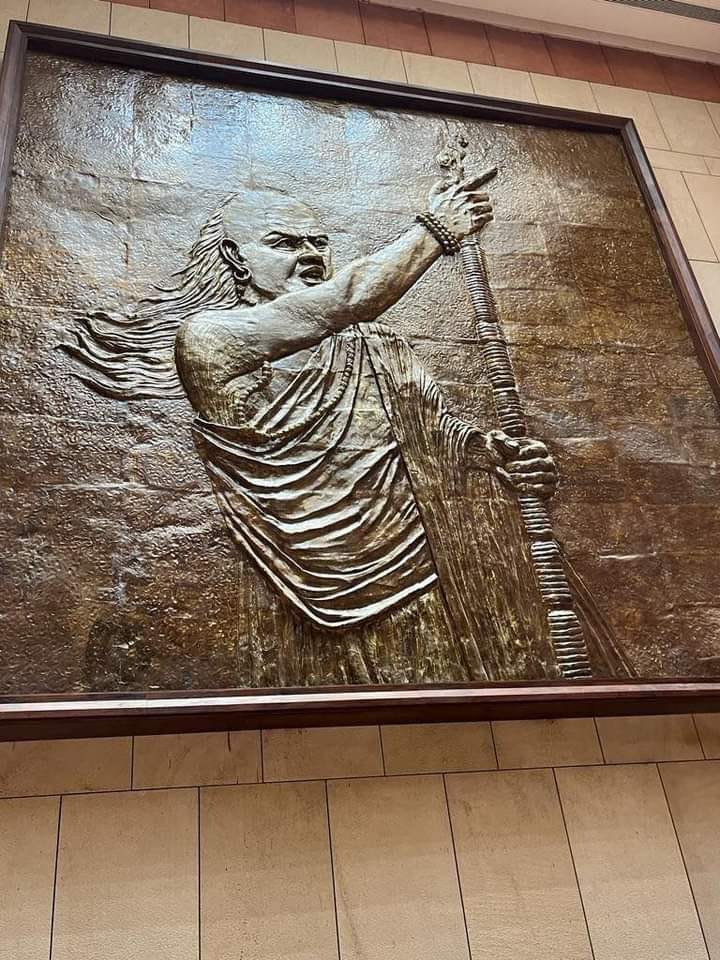The Kautilya Conundrum
A Deep Dive into the Most Contested Legacy in India’s Political History
Arthashastra must be one of the most polarizing, most influential treatises on statecraft ever produced by man. More than its contents, what makes it so polarizing is its author. Variously called Chankya, Kautilya, and Vishnugupta, this individual’s identity and existence has been fiercely contested in both academic and political circles for years now. As for his identity, the whole resentment boils down to his caste. Historically, Buddhism and Hinduism have been two religions. While things were fuzzy and lines blurry through antiquity, with even a bit of a shared pantheon, the separation has only grown rigid with time, and almost throughout the common era, the two have remained pretty much distinct. In the modern era, however, thanks to Ambedkar, a peculiar new equation has taken shape, and this is unique to India. Buddhism has now become associated with a certain section of Hindus called Dalits. Thus, for all practical purposes, Hindu vs. Buddhist has become analogous to Brahmin vs. Dalit. But what does that have to do with Chanakya?
In Buddhist tradition, some Indian rulers hold a special esteem for their enthusiastic patronage of the creed. Among them are the likes of Kanishka and Menander, both non-Indian. But the one that arguably holds the highest esteem remains an Indian—Ashoka. The reasons are too obvious for us to even explore here. Ashoka belonged to a dynasty of rulers called the Mauryas. Now this is where the seeds of the controversy lie. It’s unanimously agreed that Ashoka converted to Buddhism. Before or after Kalinga is a conversation we won’t get into here but convert he did. Then the question is, from what? Some claim the Mauryas were Shudra or what we now include among Dalits. Others claim they were Kshatriya. Again, that’s not a debate we’re going to settle here, this is just to lay out the context. The Dalits want them to be Dalit, the non-Dalits want them to be Kshatriya, it’s pure identitarianism at play. Be that as it may, the founder of the dynasty was Chandragupta, and he is said to be a protégé of Chanakya. And traditions identify Chanakya as a Brahmin. This is where the controversy truly takes its final form.
If Chanakya was a Brahmin who mentored the founder of the Mauryans, it’d indirectly make the single most celebrated king of the Buddhist tradition the product of a Brahmin’s tutelage. Of course, that’s unacceptable to Dalit-Buddhist ideologues because it makes a Brahmin seem superior and more influential than a Buddhist dynasty. Therefore, it’s in their interest to refute his existence altogether and present Chandragupta as more of a self-starter. Conversely, caste Hindus see it as cultural capitulation and refuse to deny what to them is an irrefutable historical reality just to appease Dalit sentiments. But historical truth is indifferent to this ideological battle. What is it? Was Chanakya really a modern Brahmin invention to establish ideological leg-up over Buddhists? Or did he really exist, and his denialism is just a product of political bitterness? That’s what we’ll explore here.

Keep reading with a 7-day free trial
Subscribe to Schandillia to keep reading this post and get 7 days of free access to the full post archives.


